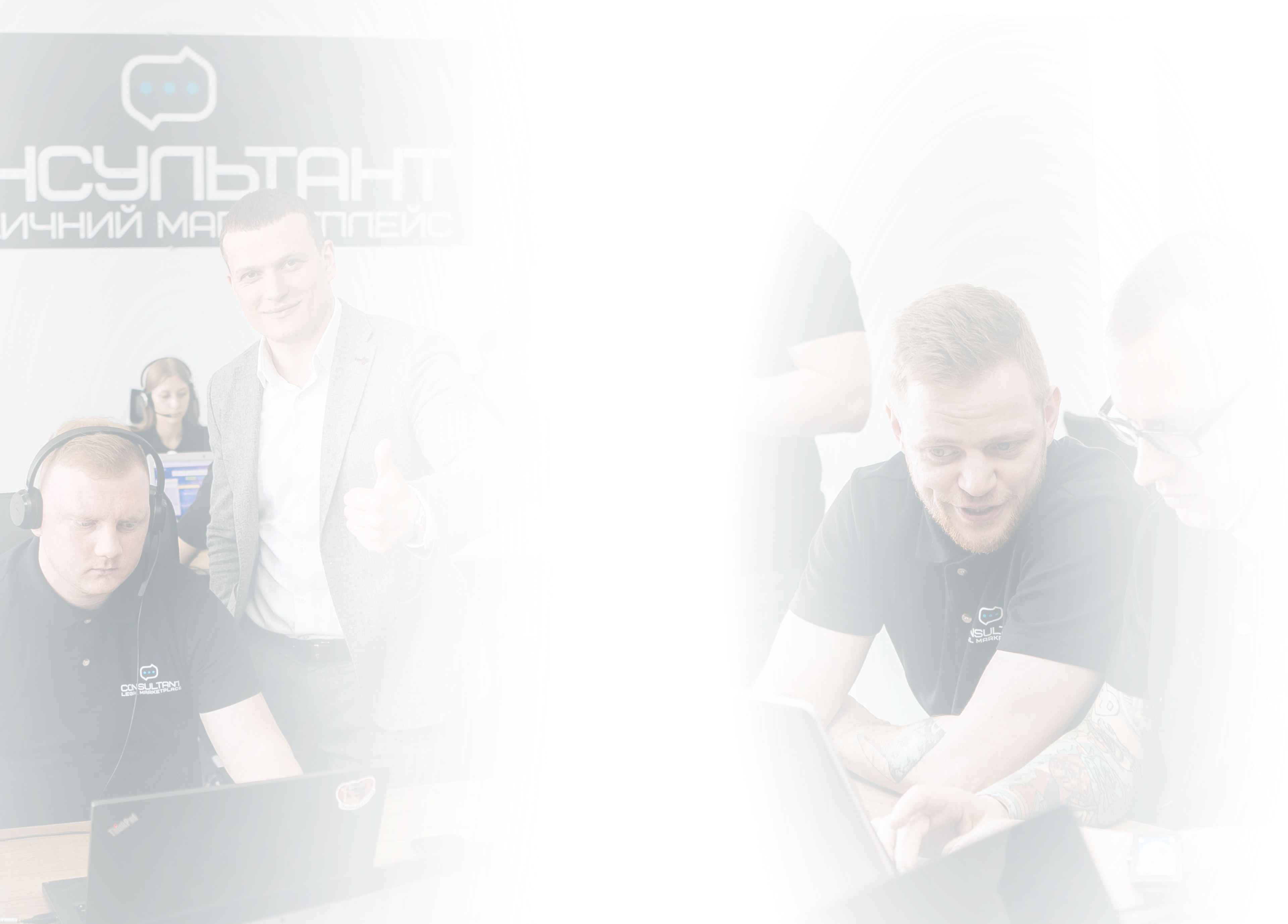Transactions in the Field of High Technologies
The United State high-tech market continues to evolve rapidly under the influence of emerging technology trends that transform markets and company designs. These advancements-- from expert system to quantum computing-- redefine exactly how business produce worth and handle risk.
Recognizing the framework and guideline of technology-related offers is vital, particularly taking into account emerging trends in technology that drive new kinds of partnership, investment, and innovation. As such, deals in this field need both lawful accuracy and strategic foresight.
Specifics of Technology Transactions in the U.S. Market
Transactions in the technology sector have their own characteristics due to the complex nature of intellectual assets and rapidly changing innovation cycles. The U.S. market, being a global leader, has set high standards for both compliance and performance.
Key features include:
- High volatility in the valuation of intangible assets;
- Strong requirements for intellectual property protection;
- Complex taxation and regulatory oversight.
Many analysts define emerging trends in information technology as the main catalyst behind the growing volume and sophistication of such transactions. Businesses must now adapt to new digital ecosystems while maintaining full legal compliance.
Main Types of Technology Transactions
Technology transactions come in various forms, depending on strategic goals — from investment and collaboration to consolidation and market entry.
- Mergers and Acquisitions (M&A). The variety of technology mergers and acquisitions has progressively boosted, mirroring loan consolidation and innovation-driven development. Due persistance is a key stage, particularly technology due diligence in mergers and acquisitions, where legal, technical, and economic dangers must be thoroughly analyzed.
- Venture Capital Investments. Endeavor funding stays important to the united state development environment. Financiers concentrate on start-up evaluation, financial investment round structures, and prospective exit techniques. The mergers and acquisitions in information technology industry frequently emerge as a natural continuation of successful venture-backed development.
- Licensing Arrangements. Innovation licensing is central to knowledge sharing and commercialization. It covers the range of civil liberties transfer, security of trade secrets, and royalty settlement frameworks.
Each kind of purchase contributes in broadening the innovation landscape and forming long-lasting participation in between businesses and investors.
Regulatory Aspects of Tech Transactions
Legal policy is one of the most sensitive elements of the state-of-the-art market. As modern technologies end up being advanced, the U.S. government tightens its oversight devices to make sure openness, protection, and reasonable competitors.
Key regulatory aspects include:
- CFIUS reviews for foreign investments in sensitive sectors;
- Export control laws (ITAR, EAR) for dual-use technologies;
- Data protection compliance, including CCPA and HIPAA;
- Antitrust oversight by the FTC and DOJ.
For companies engaged in information technology mergers and acquisitions, regulatory due diligence ensures that cross-border and data-sensitive elements meet federal and state requirements.
Valuation of Technology Companies
Valuing technology companies requires more than traditional financial metrics. It must reflect the innovation level, intellectual property portfolio, and scalability of technology.
Main valuation factors include:
- Intellectual property value and patent strength;
- Future revenue potential;
- Level of technical debt and product maturity.
Analysts increasingly use advanced models that incorporate transactions on artificial intelligence impact factor, as AI-related technologies have become key indicators of market competitiveness and investment attractiveness.
Tax Considerations
Tax plays an important duty in shaping the framework and productivity of technology transactions. Appropriate tax obligation planning makes certain compliance and monetary efficiency for both domestic and international procedures.
Necessary considerations include:
- Regulations governing IP asset taxation;
- Opportunities under Patent Box and R&D incentives;
- Transfer prices and earnings repatriation techniques.
The expanding intricacy of digital transactions requires multidisciplinary knowledge-- incorporating finance, law, and technology-- to straighten with progressing global tax criteria.
ConclusionThe United State sophisticated industry remains to progress as one of one of the most vibrant parts of the international economic climate. Every purchase in this field mirrors not only company passion but also the expanding interdependence of technology, law, and money. Success in such a complicated setting depends on cautious prep work, specialist know-how, and strategic foresight.
Inevitably, those that understand the lawful and financial foundations of technical collaboration get a decisive benefit-- ensuring lasting growth, reducing threats, and structure long-term value in an increasingly competitive digital globe.






































